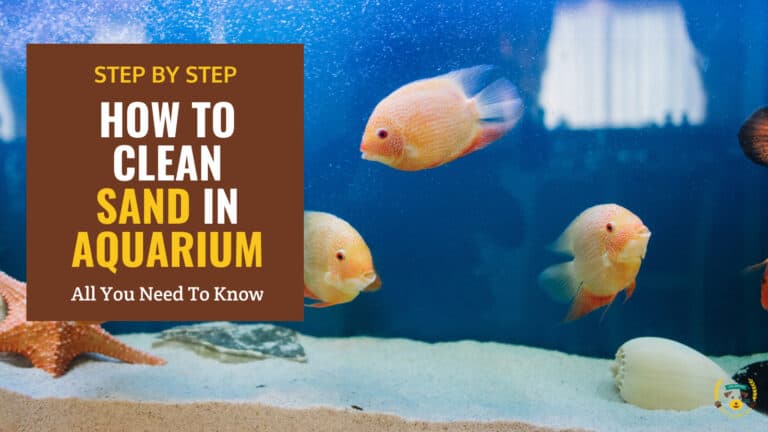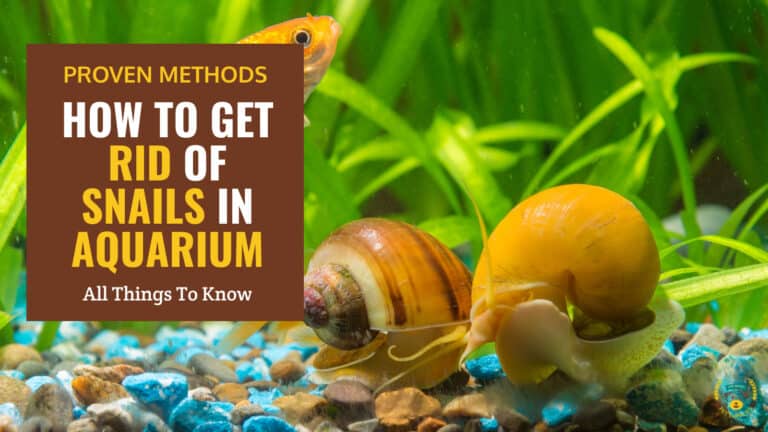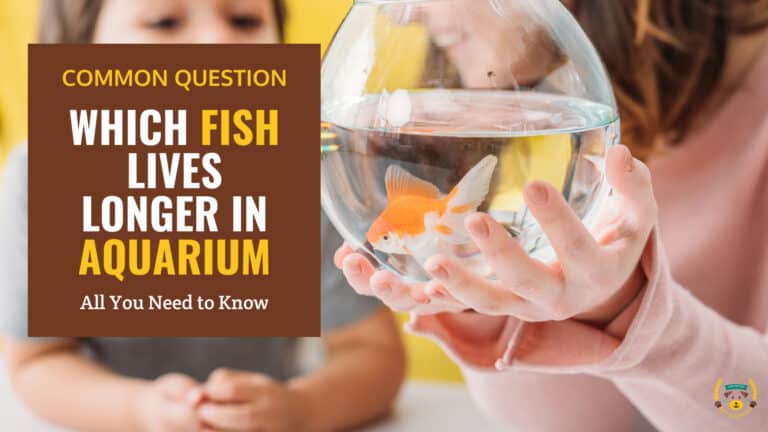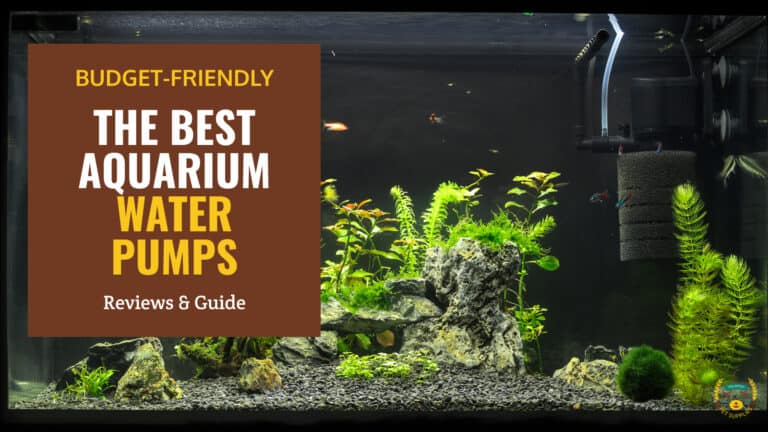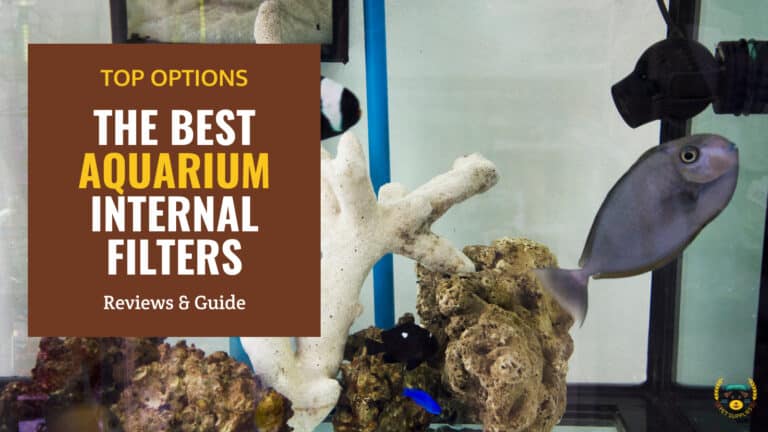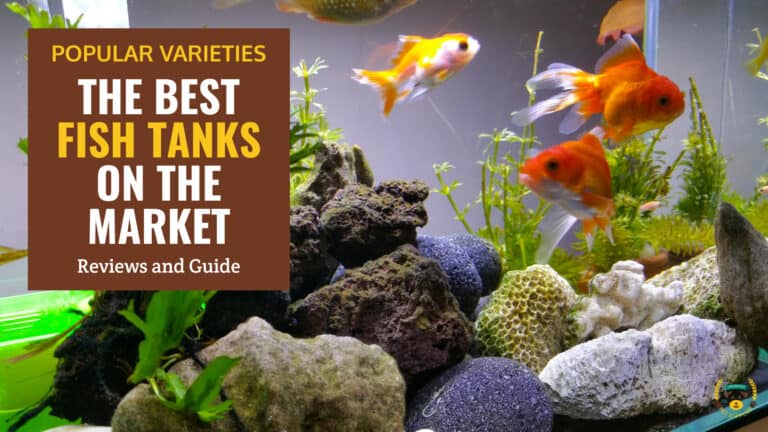How Long Should Aquarium Lights Be on?
Last updated: March 27, 2024
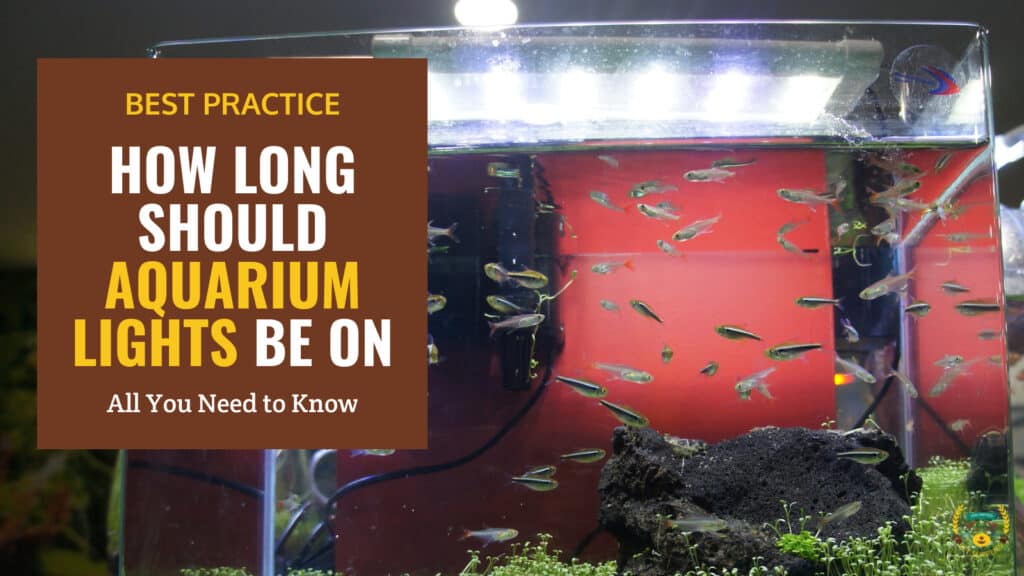
Summary
- Proper light duration & intensity critical for healthy aquarium
- Balance adequate lighting with avoiding inhabitant stress
- Replicate natural photoperiods based on organisms' needs
- Photosynthetic species need 8-16 hour lighting
- Most tanks: 10-12 hours
- Adjust slowly over weeks to optimize and correct issues
- Mimic natural sunlight intensity patterns
Proper lighting is critical for a healthy, thriving aquarium environment. The duration and intensity of the aquarium's photoperiod - the light phase in a daily cycle - impacts everything from nutrient levels to breeding cues.
Aquarists must strike a careful balance, providing adequate light for photosynthetic organisms while avoiding unnecessary stress on fish, corals and invertebrates. When determining ideal aquarium lighting schedules, it is essential to consider the needs of all tank inhabitants and the interdependent nature of the miniature ecosystem.
This article will provide vital background on aquarium lighting, acquaint readers with key terminology and introduce the variables to evaluate when configuring photoperiods. We will also offer specific photoperiod guidelines based on inhabitant type, discuss supplemental factors influencing lighting needs, provide troubleshooting tips for common photoperiod issues, and end with best practice recommendations for freshwater, saltwater and reef aquariums.
- 1) Key Terminology
- 2) Recommended Aquarium Lighting Duration
- 3) Key Factors Influencing Lighting Needs
- 4) Optimizing Aquarium Photoperiods
- 5) Signs of Improper Lighting & Troubleshooting
-
6)
Frequently Asked Questions
- 6.1) How long should the lights be on for planted tanks?
- 6.2) Do saltwater fish need light at night?
- 6.3) Can outdoor natural light replace using aquarium lights?
- 6.4) How long should LED lights be on for a reef tank?
- 6.5) Why are my fish gasping at the top of the aquarium?
- 6.6) How can I curb hair algae outbreaks in my tank?
- 7) Final Thoughts
Key Terminology
Before exploring aquarium light duration guidelines in-depth, it is helpful to define a few key terms:
- Photoperiod: The phase or duration of light in an organism's daily cycle. In aquariums, this refers to the "daylight" hours when the lights are on.
- Intensity: The brightness or irradiance level of the aquarium lights, measured in lux or PAR (photosynthetically active radiation).
- Spectrum: The light wavelength distribution produced by a lighting system, such as the mix of colors from white, blue or red LEDs.
By properly configuring these three lighting variables - photoperiod duration, intensity and spectrum - aquarists can meet the biological needs of all aquarium residents.
Recommended Aquarium Lighting Duration
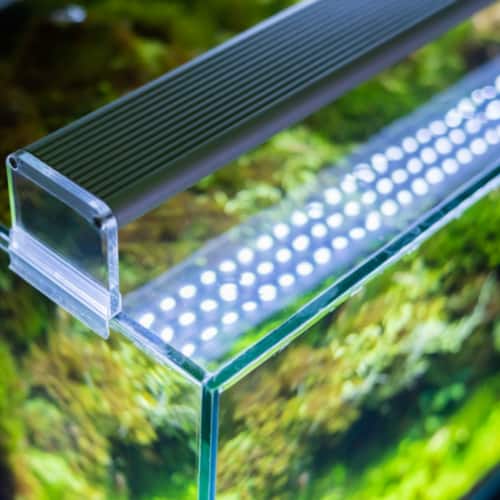
Aquarium inhabitants have evolved over eons to thrive in specific light conditions. Replicating the natural photoperiods of an organism's native ecosystem is key to supporting good health and biological functions. In this section, we will provide guidelines on ideal lighting durations for common freshwater species, saltwater fish and invertebrates, and photosynthetic coral reef dwellers.
Photosynthetic Aquarium Inhabitants
Plants, corals and algae depend on sufficient light exposure to power photosynthesis. Providing inadequate photometric cycles for these photosynthetic organisms starves them of a vital energy source.
Alternatively, excessive light stresses their mechanisms for processing photons. This can cause algae outbreaks, which can be a nuisance for aquarists. If you're facing a snail infestation due to excess algae growth, you can refer to our guide on how to get rid of snails in an aquarium for solutions.
Freshwater Plants
Try to follow these schedules:
- 8-10 hours per day for low-light carpeting plants
- 10-12 hours per day for stems, swords, and moderate light plants
- 12-16 hours with CO2 supplementation for high-light stems and red plants
Reef Invertebrates & Corals
Our recommendations are:
- 10-12 hours for soft corals and photosynthetic clams/Tridacna
- 12-14 hours for most LPS and SPS hard corals
- 14-16 hours may suit faster-growing Acropora and Montipora
Fish, Invertebrates and Corals
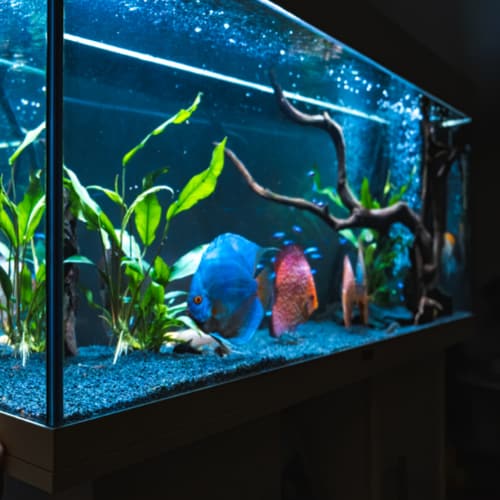
While lower light species do not directly harness light energy, light still serves as a vital environmental cue. Let's explore lighting duration best practices for fish across marine and freshwater systems, as well as light sensitivity considerations for invertebrates like shrimp.
Freshwater Fish
Do your best to follow the below schedules, depending on your tank inhabitants:
- 10-12 hours for nano schoolers like Tetras and Rasboras
- 8-10 hours for bettas, gouramis and angelfish
- The lower end of the range is more suitable for goldfish (8 hours)
Saltwater Fish
For saltwater fish, 10-12 hours of photoperiod is a good baseline. Try to avoid large photoperiod shifts.
Invertebrates
A 6-8 hours photoperiod better suits sensitive shrimp and coral.
Tank Location and Function
An aquarium's light requirements also depend on supplemental light sources and main tank purpose, which will be covered in more detail in the sections below.
Key Factors Influencing Lighting Needs
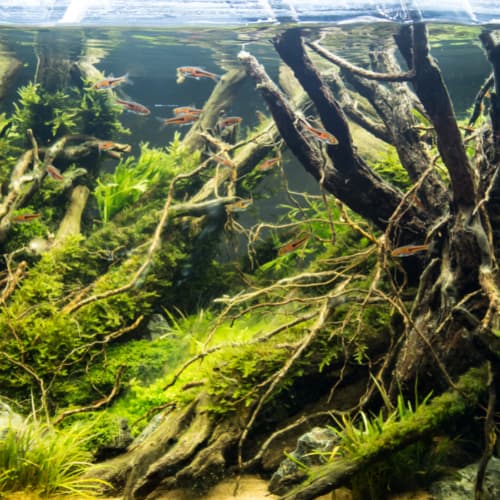
Parameters like tank inhabitants, size, location and lighting types can shift photoperiod duration needs higher or lower.
Aquarium Inhabitants
The organisms living in an aquascape have evolved under certain light exposures. Catering to these natural photoperiods promotes health.
Reef Photosynthesizers need 10 to 16 hours a day. Low Light Species prefer shorter 8-10 hour periods, while freshwater Flora require 8-16 hours, depending on the growth rate.
Tank Size
Intensity and coverage challenges in larger systems necessitate longer lighting durations. For instance, nano Aquariums often need only 6-8 hour LED or fluorescent photoperiods. On the other hand, 50+ Gallon Tanks may require 12-16 hour metal halide or high output LED cycles for edge-to-edge coverage.
Seasons & Outdoor Tanks
Outdoor systems must adjust to seasonal light variation. Indoor tanks can mimic seasons too. During summer, try to use longer days and higher intensity. In winter, shorter, lower-intensity periods will be more appropriate.
Types of Aquarium Lights
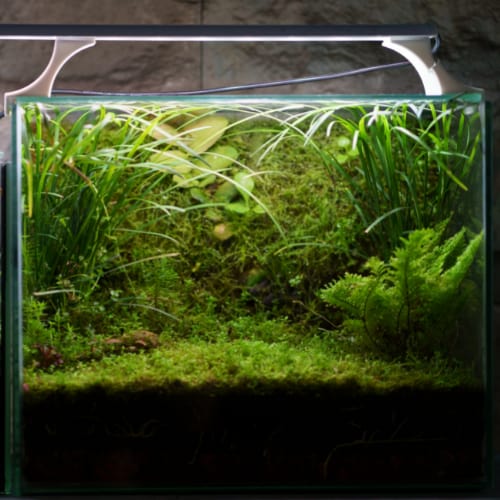
Variable spectrums, intensities and spreads make certain lights better suited for short or long days.
LED lights allow customizable durations and intensity. Fluorescent lights are more appropriate for low to moderate-light planted tanks. Metal Halide lighting provides high intensity and facilitates 12+ hour reef photoperiods.
Optimizing Aquarium Photoperiods
While the ideal lighting duration depends on the tank, tweaking certain photoperiod parameters can further optimize aquatic environments. This part of the article is devoted to lighting consistency, customizing intensity changes through the day-night cycle, and other expert techniques for the replication of natural light rhythms.
Consistency is Key
Maintaining a steady, consistent daily light cycle is vital for fish, plants and invertebrate health. Frequently shifting photoperiod start/stop times or durations stresses organisms and disrupts circadian rhythms keyed to the anticipation of lighting schedules.
Only adjust durations gradually over days/weeks, especially when increasing for high-light tanks. Additionally, manually ramp intensity up/down over 30+ minutes instead of abrupt on/off transitions.
Start and End Times
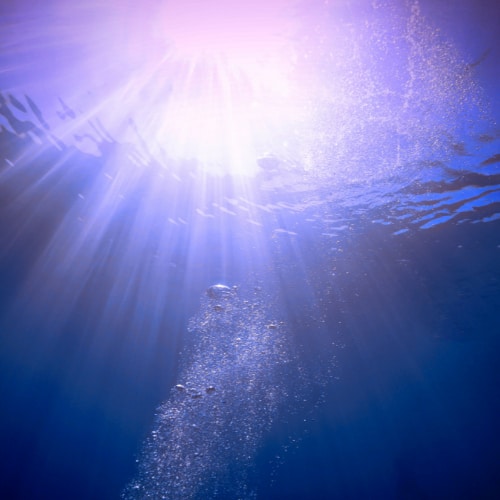
Align the lighting cycle's on/off times with ambient daylight patterns whenever possible. For example, having lights turn on at sunrise and off at sunset prevents abrupt light shifts for outdoor tanks and keeps indoor tanks more in sync with outdoor environmental cues.
Photoperiod Divisions
Divide a long photoperiod into two blocks separated by a siesta period of darkness. This mimics natural light fluctuations as sunlight dims and becomes more diffuse midday. For a 12-hour photoperiod, use two 6-hour high-intensity periods split by a midday 4-hour off period.
Light Intensity Variations
Program customizable LED or metal halide systems to ramp down intensity mid-day then increase again towards evening, mimicking a setting and rising sun. Introduce blue-weighted daylight from 10 am-2 pm, followed by more yellow- or red-shifted intensities in the evening.
This added nuance improves light spectrum exposure over a single static intensity for the entire photoperiod. Apply the same gradual 30+ minute ramp up and down between intensity shifts.
Signs of Improper Lighting & Troubleshooting
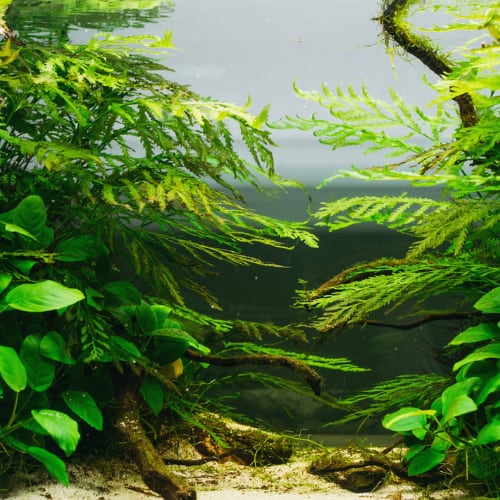
When aquarium lighting periods fall outside ideal durations, tanks can manifest issues like algal takeovers, loss of coloration and declining coral growth. Catching problems early and making incremental fixes prevents larger ecosystem crashes.
Identifying Indicator Species
Key aquatic species provide visual cues into photoperiod problems before issues escalate. For example, green Hair Algae is indicative of excess light duration or intensity feeding unwanted algal growth. Bleached Coral is a warning sign that intense or long light periods are stressing sessile invertebrates. Also, Wasting Fish/Inverts (lethargy and emaciation in fauna) signals insufficient light for the tank's plant and coral species.
Common Problems from Inadequate/Excess Light
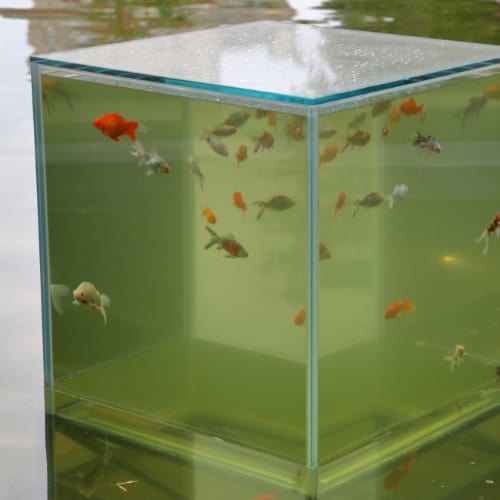
Turning your tank light for too long or too short can cause multiple issues. Too long photoperiods can cause diatom and hair algae blooms, coral bleaching/tissue recession and/or increased aggression in territorial fish.
If the photoperiod is too short, you may notice a decline in plant growth and color, starvation of photosynthetic fauna and/or reproductive issues in your tank inhabitants.
Troubleshooting & Adjustments
To make adjustments to your tank photoperiod, start conservatively, only adjusting lighting duration by 1-2 hours per week. Observe plant health and algae levels for 1-2 weeks before any additional changes.
Intensity and spectrum may also need tweaking in tandem with duration. Aim for the minimum optimal photoperiod to curb problems, then elongate again cautiously if issues reappear.
While adjusting your aquarium's lighting can often mitigate algal blooms and promote healthy plant growth, persistent cloudiness may be a sign of other underlying issues in your tank. Identifying and remedying these causes is essential for the well-being of your aquatic ecosystem.
To gain a deeper understanding of why your aquarium water might be less than crystal clear and to learn how to address these issues effectively, check into our guide on understanding and fixing cloudy aquariums.
Frequently Asked Questions
The following are some of the most frequently asked questions, with answers provided to make your task of fish tank caretaking much easier and ensure the pets are comfortable and happy.
How long should the lights be on for planted tanks?
Most moderately lighted planted tanks do best with a 10-12 hour photoperiod. This provides adequate duration for growth and photosynthesis without promoting excess algae. For high-light tanks or those supplementing CO2, extended 14-16-hour photoperiods can be used to accelerate plant growth.
Do saltwater fish need light at night?
No, saltwater fish do not require light during nighttime hours. Providing total darkness at night replicates their natural habitat and is ideal as long as the intensity and duration of daytime light meet their needs.
Can outdoor natural light replace using aquarium lights?
Yes, sunlight exposure can supplement or replace aquarium lighting, especially for outdoor setups. Be cautious of intensity though - do not allow direct midday sun to overheat the tank water.
Supplement nighttime hours with aquarium lighting as needed.
How long should LED lights be on for a reef tank?
For reef tanks housing corals and invertebrates, fairly long photoperiods of 12-16 hours using strong LED (or metal halide) lights are required to sustain growth, health and vibrant coloration. Corals are photosynthetic and depend on intense light.
Why are my fish gasping at the top of the aquarium?
If fish are gasping near the water surface, it often signals an oxygen deficiency problem stemming from insufficient photosynthetic activity from plants. Upgrading the aquarium's lighting system intensity/duration can help the plants produce more oxygen to alleviate this common issue.
How can I curb hair algae outbreaks in my tank?
Often, the root cause of nuisance hair algae is providing too much light through excessive intensities or photoperiod durations. Try restricting the total hours lights are on to 8-10 hours. Slower-growing plants need less light than fast growers.
Final Thoughts
Proper aquarium lighting is essential for inhabitant health. Duration should replicate natural photoperiods - 10-12 hours works well for many community tanks. Intensity and spectrum also impact suitability for plants, fish and invertebrates.
Additionally, carefully tailor photoperiods; start slow and make gradual changes. Observe inhabitants, adjusting based on behavior and growth. Do your best to meet the biological lighting needs of your tank inhabitants for the best outcomes.
We hope this guide managed to equip you with all the necessary information needed to take good care of your fish. If you have any questions or comments, don't hesitate to contact us.
Thanks for reading!

